Christmas tree (Dipsacus laciniatus) 1g, ~330 seeds
875 Ft
Features:
- other names: stork's weed, stork's piss, stork's piss, hawkweed
- Latin name: Dipsacus laciniatus
- family: Dipsacaceae
- life cycle: annual, biennial
- flowering period: july- september
- size: 150-200 cm
- soil: average, moist
- growing area: sunny, semi-shaded
- other: beekeeper, herb
- seeds origin: Hungary
- pollination factor: 9/10
1 packet contains 1 g - approx. 330 seeds.
For betting suggestions and more details, scroll down.
In stock
Description
Features:
- other names: stork's weed, stork's piss, stork's piss, hawkweed
- Latin name: Dipsacus laciniatus
- family: Dipsacaceae
- life cycle: annual, biennial
- flowering period: july- september
- size: 150-200 cm
- soil: average, moist
- growing area: sunny, semi-shaded
- other: beekeeper, herb
- seeds origin: Hungary
- pollination factor: 9/10
Sow the seeds in spring or autumn in prepared soil or pots. You can also sow the seeds directly in their permanent location, but it is a good idea to grow them as seedlings to increase the germination rate. Cover the seeds with soil. Water them. Keep the soil moist during the first few weeks of germination. If sown in early spring, they will not flower until the following year, and if sown in autumn, they will usually flower the following year.
Admire the spectacle!
The Christmas of the hawkweed occurs in the following seed mixtures:
More information
| Mass | 4 g |
|---|---|
| Species | |
| Demand for light | |
| Special feature | |
| Height | |
| Quantity | |
| Colour | |
| Talaj | |
| Water demand |
Only users who are logged in and have already purchased the product can write a review.
Related products
-
-
Add to basket
- Add to wishlistAdd to wishlist
Add to wishlistAdd to wishlist -
Add to basket
-
-
Add to basket
- Add to wishlistAdd to wishlist
- annual, biennial, beekeeping, nitrogen bomb, permanent grassland
Purple clover (Trifolium incarnatum) 10g, ~2650 seeds
- 875 Ft
Add to wishlistAdd to wishlist -
Add to basket
-
-
Add to basket
- Add to wishlistAdd to wishlist
Add to wishlistAdd to wishlist -
Add to basket
-
Add to wishlistAdd to wishlist
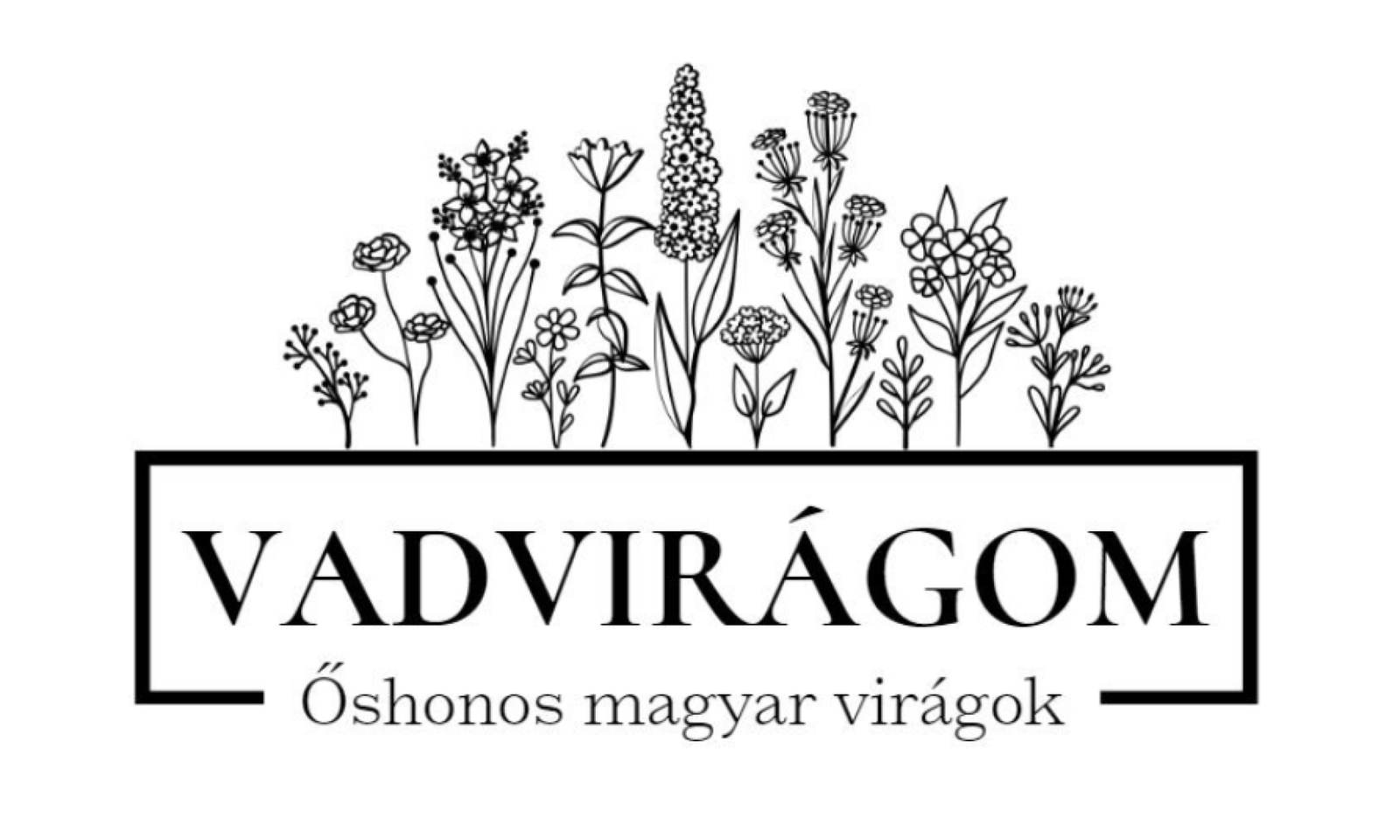

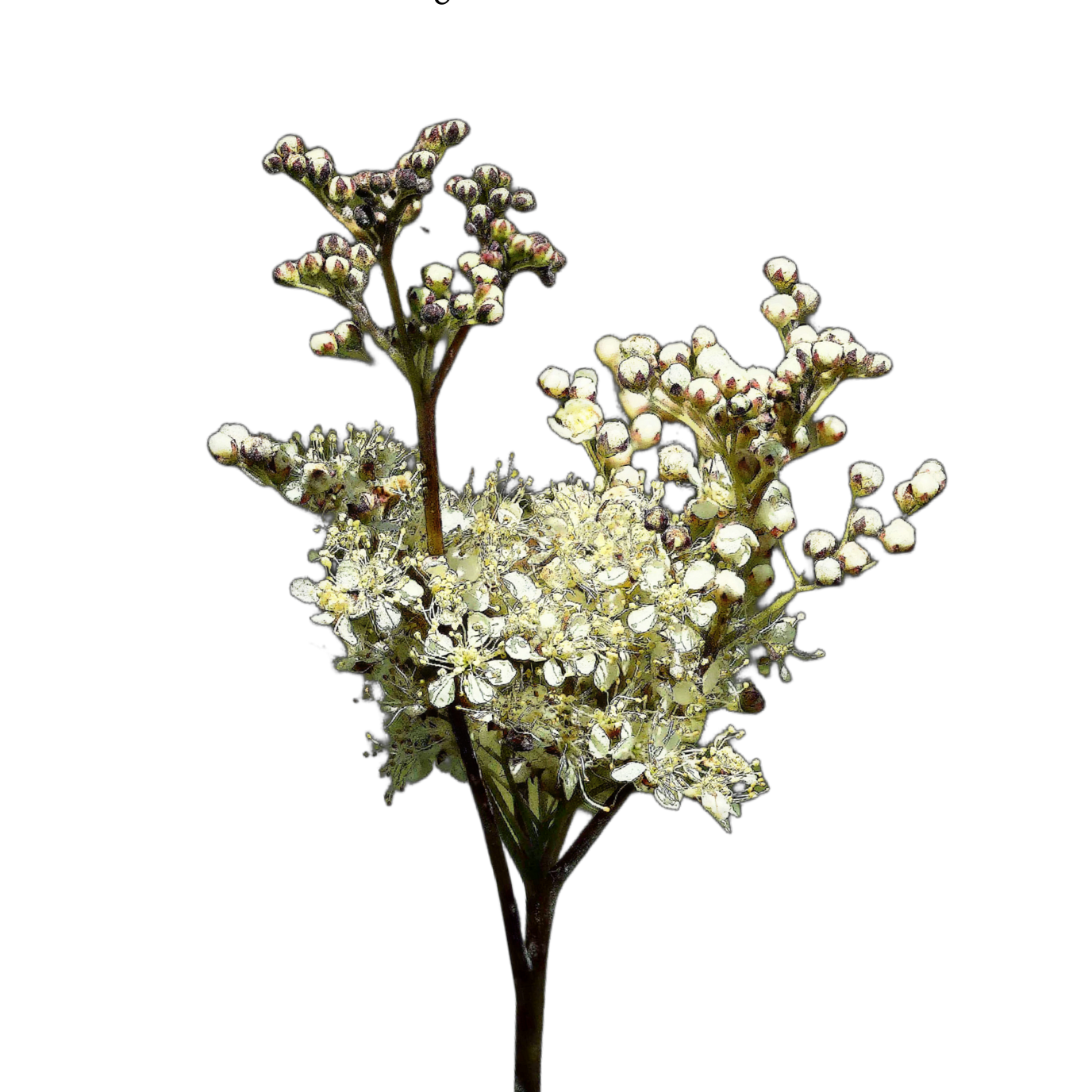

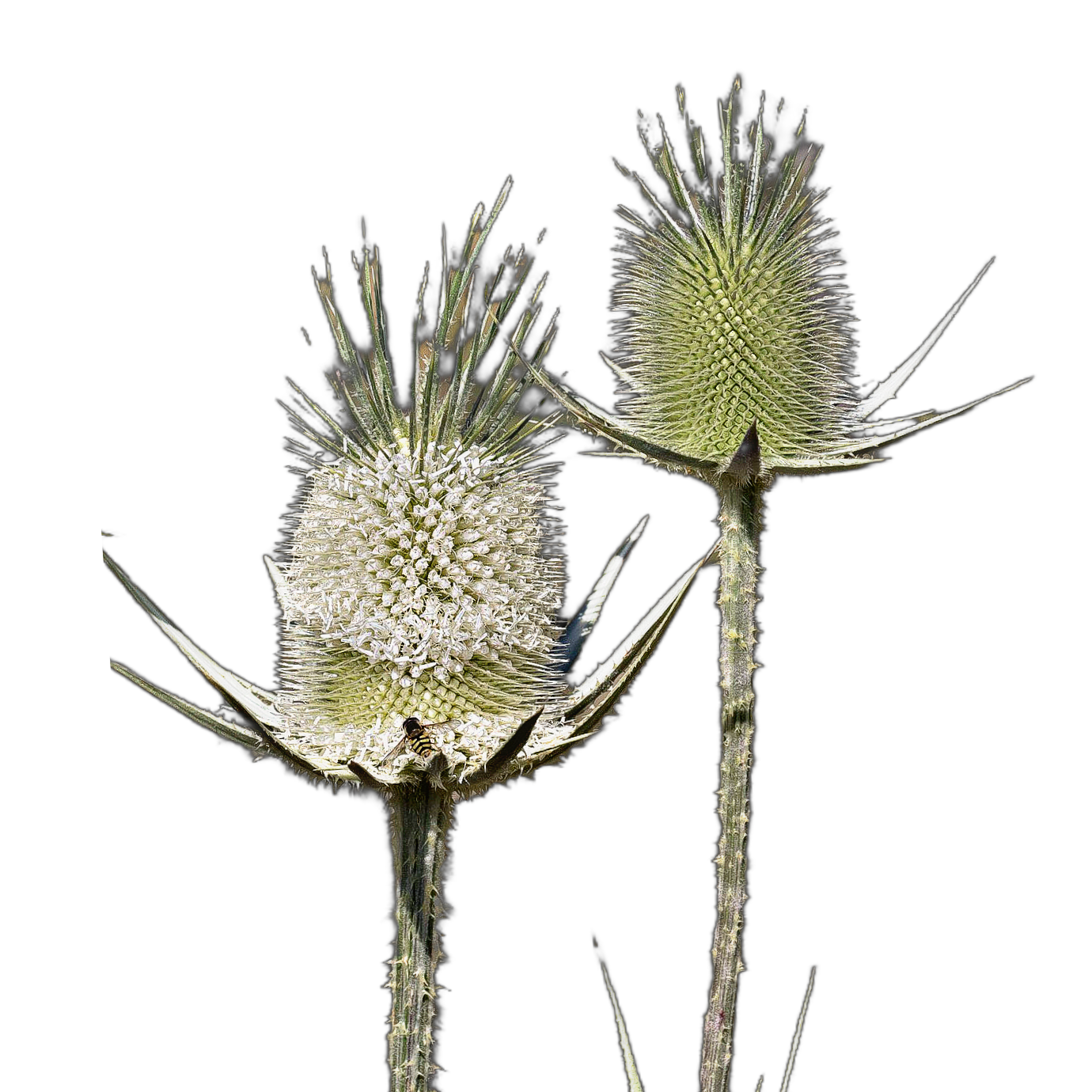
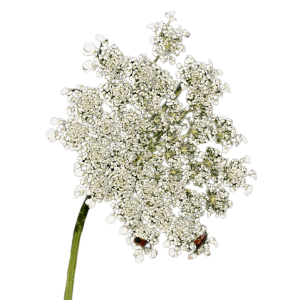
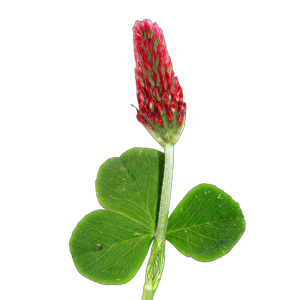
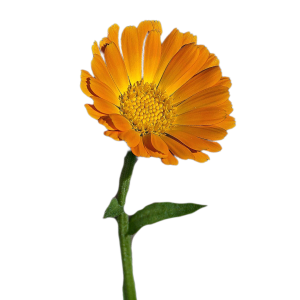
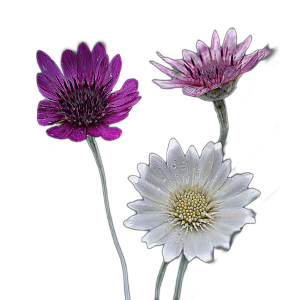
Reviews
No reviews yet.